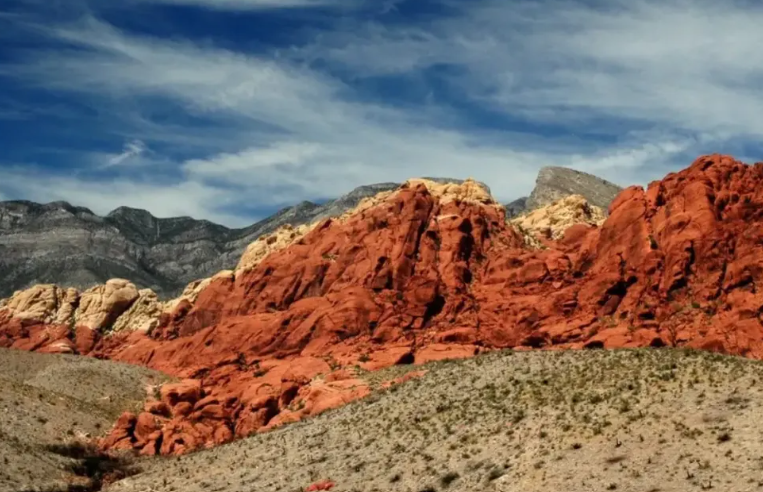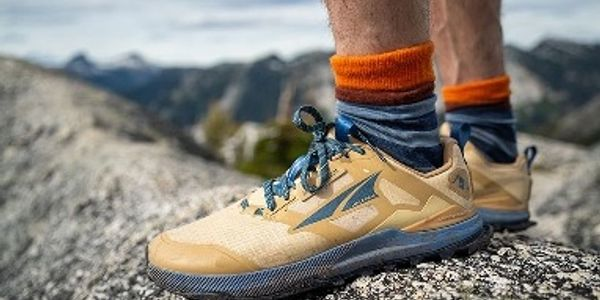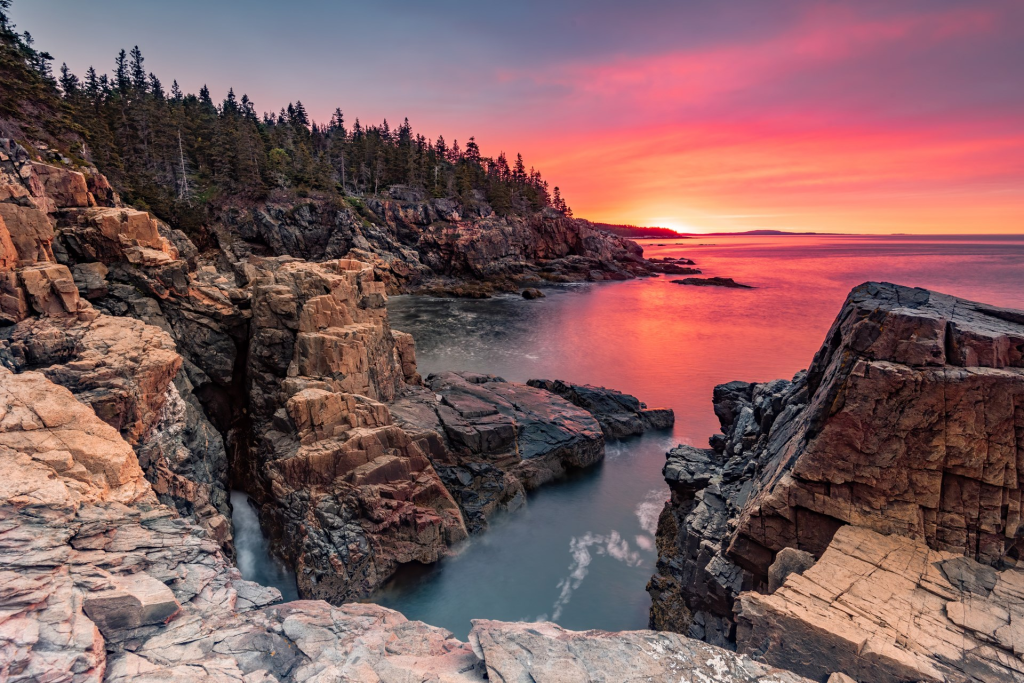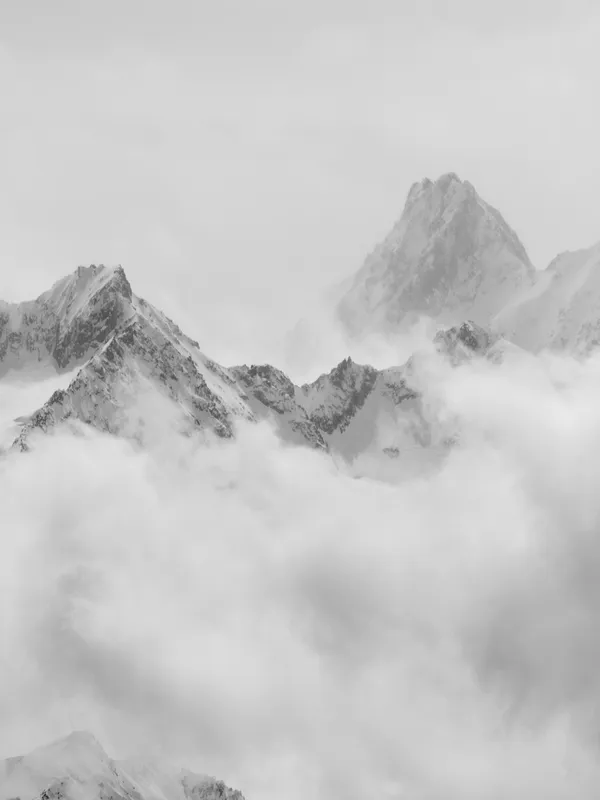Hiking and Backpacking Guide for Denver, Aurora and Rocky Mountains
By Cap Puckhaber, Reno, Nevada
I’ve hiked a lot of trails. Nothing quite prepares you for your first time backpacking through Rocky Mountain National Park. I don’t just mean the elevation, though trust me, you’ll feel it. I’m talking about the vast alpine meadows. You might see moose standing knee-deep in a creek at dawn. The stars feel almost electric they are so bright. That experience is what got me hooked on exploring Colorado’s Front Range. It’s a feeling of being wonderfully small in a massive landscape.
The great thing about living in or visiting the Denver area is that this world-class wilderness isn’t a world away. You can leave the city behind and be at a trailhead in under two hours. You’ll be ready to tackle anything from a quick overnight trip to a week-long adventure. Over the years, I’ve explored these mountains extensively. I’ve seen the famous peaks and the trails that don’t show up in every guidebook. If you’re thinking of heading out there, I want to walk you through everything I’ve learned.
The Crown Jewel: Backpacking in Rocky Mountain National Park

If you’re going to explore the Front Range, you have to start with the main event: Rocky Mountain National Park. This place is famous for a reason. It’s home to over 300 miles of hiking trails. You’ll find some of the most scenic campgrounds in the country. It also hosts a wild population of elk, moose, and black bears. The park was established back in 1915. Long before that, the Ute and Arapaho tribes lived and traveled through this land. You can absolutely feel that history when you’re deep in the backcountry.
Getting There and Getting Around
Rocky Mountain National Park sits in north-central Colorado. It has two main entrances near Estes Park on the east and Grand Lake on the west. Flying into Denver International Airport (DIA) will put you about a two-hour drive from the east entrance. This makes it incredibly accessible for a long weekend. For my last big trip, I chose to enter through Grand Lake. This gave me access to some less crowded trails, and the drive through that side of the Rockies is just unreal. Once you’re in the park, the roads are well-marked. Be aware that Trail Ridge Road, which connects the east and west sides, hits over 12,000 feet in elevation. You’ll want to make sure your vehicle’s in good shape.
Securing Your Wilderness Permit
If you’re planning to camp in the backcountry, you absolutely need a wilderness permit. I reserved mine online through the official National Park Service site. The reservation window opens each spring. Popular spots fill up incredibly fast, so you have to be ready to book on opening day. These permits cost a small fee. They are essential for keeping the park from getting overcrowded. They also protect the fragile alpine landscape. For day hikes, you generally don’t need a permit unless you’re heading into the popular Longs Peak area. You should always double-check the latest regulations before you go, as things can change.
Where to Camp: Developed Sites and Backcountry Gems
I’ve stayed at a mix of developed campgrounds and backcountry sites in the park. I have a clear preference depending on the trip’s goal. If you’re new to the altitude, I’d strongly recommend staying at a developed site for your first night. This will help you acclimate properly. One of my favorite spots was Timber Creek Campground on the west side. It’s quieter than the busier eastern campgrounds and has quick access to Grand Lake. A huge bonus is the elk herds that frequently wander right through camp at sunrise. That’s a truly unforgettable sight.
What to See While Backpacking in RMNP
The hike to Sky Pond completely blew my mind. It remains one of my top recommendations for anyone visiting the park. The trail takes you past Alberta Falls and through The Loch. Then, it requires a scramble up a waterfall to reach the upper basin. That spot, surrounded by jagged peaks, feels like something out of a postcard. I camped at a designated backcountry site nearby. I had the place almost to myself, which made the experience even more magical.
A Quick Word on Bear Safety
While bear spray isn’t required in Rocky Mountain National Park like it is in parts of Yellowstone, I carry it anyway. I do this for peace of mind. Black bears live in the park, and it’s just smart to be prepared for any possibility. More important than spray, however, is proper food storage. This is a non-negotiable rule in the backcountry. If you’re backpacking, you must bring a bear canister. You can often rent them from shops in Estes Park or Boulder like the REI store. The park rangers will ask you about your food storage plan when you pick up your permit. They also perform spot checks on the trail.
Must-Do Backpacking Trips Just Outside Denver
While RMNP gets the spotlight, some of my most memorable trips have been in the wilderness areas just a short drive from the city. These spots offer incredible scenery and challenging terrain. They do this without the national park crowds. This can be a huge plus during peak season.
Lost Creek Wilderness
About 60 miles southwest of Denver, the Lost Creek Wilderness is a favorite among local backpackers. This is thanks to its dramatic granite formations and peaceful meadows. The 28-mile loop is perfect for a 2-3 day trip. It offers a great challenge without being overly technical. What makes it so unique is the creek itself. It often disappears underground into carved tunnels only to resurface further down the trail. The best part is that no permits are required for overnight camping. This makes it great for a spontaneous trip when you get a sudden craving for the trail.
Indian Peaks Wilderness
For a true high-altitude adventure, the Indian Peaks Wilderness is where you want to be. It’s located about 50 miles northwest of Denver. This area is packed with stunning alpine lakes and jagged peaks that rival those in RMNP. Trails like the Pawnee Pass and Crater Lake routes are demanding. They have steep climbs and unpredictable weather, so you need to come prepared. This area is incredibly popular. You must secure an overnight permit well in advance through Recreation.gov. These permits are essential for protecting this beautiful but busy area.
James Peak Wilderness
Just 45 miles west of Denver, the James Peak Wilderness offers some of the most scenic and less-crowded routes near the city. I love this area because it feels just as wild as the more popular spots. I often see far fewer people here. Trails like the East Portal and Rogers Pass lead you to glacial lakes and sweeping vistas. These views will make you stop and stare. You can even summit James Peak itself for an extra challenge if you’re feeling ambitious. Camping near Heart Lake is a serene experience I’d recommend to anyone looking for solitude. No permits are required here for overnight stays.
For the Day Hiker or Beginner: Trails Near Aurora
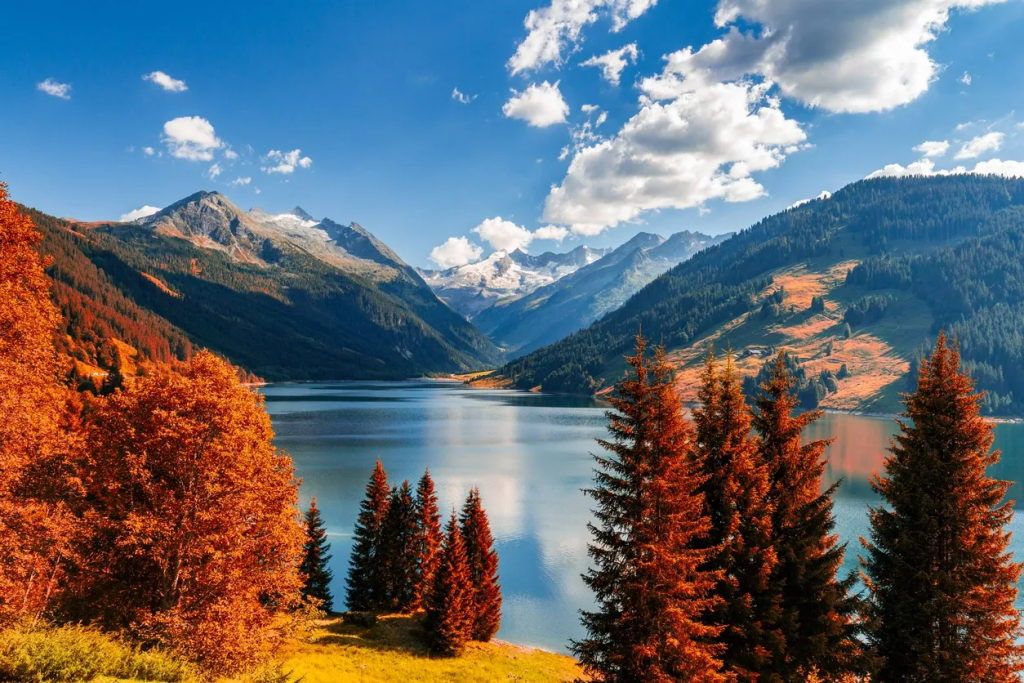
Sometimes you don’t have time for a multi-day epic. Maybe you’re just getting into hiking and need to acclimate to the elevation. The eastern side of the metro area, near Aurora, offers some fantastic options. These are shorter, more accessible hikes that still give you a great dose of nature. These trips are perfect for testing out your gear. They’re also great for just enjoying a peaceful afternoon away from the grind.
Cherry Creek State Park
This park is a fantastic resource for a quick escape. It offers a variety of scenic trails through open fields, woodlands, and wetlands. These all surround the Cherry Creek Reservoir. It’s a great spot for beginner hikers or families. The trails are well-maintained and easy to follow. The Black Forest Trail is a 4.5-mile loop. It takes you through dense forests and along the shores of the reservoir, offers some nice shade on sunny days, but it can get a bit muddy after rain, so be sure to wear sturdy shoes.
Rocky Mountain Arsenal National Wildlife Refuge
This is one of the most unique hiking spots in the entire country. It’s located right on the edge of Aurora. This refuge offers easy, flat trails with incredible wildlife viewing opportunities. You wouldn’t expect to see this so close to a major city. You’ll almost certainly spot bison, prairie dogs, and numerous bird species. This makes it a go-to spot for photography. It’s especially great early in the morning when the wildlife is most active. It’s a powerful reminder of the wildness that exists right next to urban sprawl.
The Off-the-Beaten-Path Secret: The Northern Colorado Trail

Now, I want to let you in on a little secret. I’m almost hesitant to share it. The Northern Colorado Trail doesn’t show up in every guidebook. That’s precisely its charm. It offers a level of solitude that’s hard to find elsewhere. It’s not an official, single route. It’s a collection of interconnected trails running through Roosevelt National Forest. I usually piece together a 60 to 75-mile route starting near Red Feather Lakes and heading south.
Navigating the Route
The best map for this region is the National Geographic Trails Illustrated #101. I consider this map essential. I also rely heavily on Gaia GPS for offline navigation. Cell service is completely nonexistent out there. I never enter this area without my Garmin inReach Mini for safety. The terrain varies wildly from dense pine forests to exposed granite ridges. It also features high alpine meadows, so you must be prepared for anything.
What to Expect on the Trail
The weather in this part of Colorado is moody. It can shift in an instant, so you have to be vigilant. I was once caught on a ridgeline near Comanche Peak. Lightning cracked close enough to feel in my molars. That was a serious reminder to get my high-elevation hiking done early in the day. Camping is entirely dispersed. You’ll need to follow Leave No Trace principles. You also must be comfortable finding your own sites. This is true backcountry. While it’s tough, the solitude is absolute. On my last trip through, I saw moose grazing at sunrise near a marshy creek bend, totally alone.
Essential Gear and Tips for High-Altitude Backpacking
Backpacking in Colorado requires a bit more preparation than hiking at sea level. The altitude is no joke. The weather can be severe. Overlooking these factors is a common mistake. It’s a mistake that can ruin a trip. I’ve refined my gear and my strategy over many years of trial and error. I’ve learned some hard lessons along the way.
Managing the Altitude
Altitude sickness is a real risk. It’s common when you’re hiking between 8,000 and 14,000 feet. It can affect anyone, regardless of fitness level. The best thing you can do is acclimate slowly. If you’re flying in from a lower elevation, spend a night in Denver or Boulder. Do this before heading up higher. Drink way more water than you think you need. Don’t push yourself too hard on the first day. Headaches and fatigue are early warning signs. Listen to your body and descend if you feel sick.
My Core Gear List
What you bring can make or break your trip. Choosing wisely is paramount. I always use LighterPack to plan my gear loads. Every ounce matters on a steep climb. I’ve learned that a heavy pack is a miserable pack. Here’s what consistently earns a spot in my bag for a multi-day trip on the Front Range:
Shelter
- I use a Durston X-Mid 1P tent. It’s lightweight. It has also proven its worth in the fierce afternoon thunderstorms common in July and August. Its double-wall design helps manage condensation on cold nights. This is a huge plus for comfort. Having a shelter you can trust when the weather turns is absolutely critical for both safety and morale.
Sleep System
- A 20°F quilt and an insulated sleeping pad are crucial. They help you stay warm and comfortable. Nighttime temperatures can drop below freezing even in summer. I’ve learned the hard way not to cheap out on my sleeping pad. The cold ground will suck the warmth right out of you, no matter how good your sleeping bag is.
Water Filtration:
- I carry a Sawyer Squeeze filter. It is lightweight, reliable, and easy to use. I also always bring backup purification tablets. This is just in case the filter clogs or freezes. A redundant water treatment system is a small weight penalty for a huge gain in safety.
Clothing
- Layers are everything in the mountains. I always pack a down jacket for warmth. I also bring a reliable rain shell to block wind and water. The weather can swing from a sunny 75 degrees at noon to a cold, rainy 35 degrees by dinner. You must avoid cotton at all costs. It loses its insulating properties when wet and can be dangerous in cold conditions.
- Navigation: I always bring a physical map and a compass. I also bring a GPS device or a phone with downloaded offline maps. Relying solely on a phone is a rookie mistake. It can have serious consequences if the battery dies or the device breaks. A physical map and compass are foolproof backups. Every backpacker should know how to use them.
Common Questions About Front Range Hiking
Over the years, people have asked me a lot of the same questions. They ask about hiking and backpacking in this area. To make it easier for you, I’ve compiled the answers. Here are some of the most common queries right here.
When is the Best Time to Go?
Late June through early September is generally the sweet spot. It’s also the most crowded time to visit. Snow can linger on high-elevation trails well into June. This can make some routes impassable without proper gear. I personally love early fall. September brings golden aspens, crisp air, and bugling elk. The crowds thin out significantly. Just be sure to check for early season snowstorms and road closures like Trail Ridge Road.
Are Dogs Allowed on the Trails?
This is a huge point of confusion. It’s a critical one to understand before you go. In Rocky Mountain National Park, dogs are not allowed on any trails or in the backcountry. They are only permitted in campgrounds and along roads. However, in the National Forests and Wilderness Areas like Lost Creek and Indian Peaks, dogs are generally allowed. This makes them a great alternative if you want to hike with your furry companion. Always check the specific regulations for the area you plan to visit before you leave home.
Should I Worry About Wildfires?
Yes, you absolutely should be concerned about wildfires. It is a serious and growing risk in Colorado. Fire bans are very common during the dry summer and fall months. You must check for them before every single trip. Most backcountry sites don’t allow fires anyway. You should never rely on one for warmth or cooking. I always bring a canister stove like my Jetboil. I also check the U.S. Forest Service or NPS websites for the latest fire restrictions.
It’s Your Turn to Explore
Exploring the mountains of Colorado’s Front Range is an experience that changes you. Out there, it’s just your footsteps. You’ll hear the sound of the wind through the pines. You’ll see the occasional marmot chirping at you from a boulder. Whether you’re setting up at Timber Creek Campground in RMNP or finding a hidden spot along the Northern Colorado Trail, you’re in for something special. There are more famous parks and flashier Instagram spots. Few places make you feel more connected to the raw beauty of the land.
So if you’re thinking about it, stop thinking and start planning. Pick a destination from this list that matches your skill level. Do your research on the latest conditions. Then, pack your bag. Start with a day hike near Aurora to see how you feel. Or jump right in with a permit for the Indian Peaks. The adventure is waiting for you, and I promise you won’t regret it.
If you have questions, want to share your own trail stories, or just need a bit of advice, feel free to reach out to me at TheHikingAdventures.com. I’m always happy to help a fellow adventurer get out there and explore safely. Happy trails..
About the author
Cap Puckhaber is a marketing strategist, finance writer, and outdoor enthusiast. He writes across CapPuckhaber.com, TheHikingAdventures.com, SimpleFinanceBlog.com, and BlackDiamondMarketingSolutions.com. Follow him for honest, real-world advice backed by 20+ years of experience.
A Hiker’s Guide to Extreme Weather
A Beginner’s Guide to Backpacking

Join our Mailing List
Sign up with us now and be the first one to know about our exclusive offers and product updates.
By submitting your information, you`re giving us permission to email you. You may unsubscribe at any time.
Follow Cap Puckhaber on Social Media


About the Author: Cap Puckhaber
Backpacker, Marketer, Investor, Blogger, Husband, Dog-Dad, Golfer, Snowboarder
Cap Puckhaber is a marketing strategist, finance writer, and outdoor enthusiast from Reno, Nevada. He writes across CapPuckhaber.com, TheHikingAdventures.com, SimpleFinanceBlog.com, and BlackDiamondMarketingSolutions.com.
Follow him for honest, real-world advice backed by 20+ years of experience.
